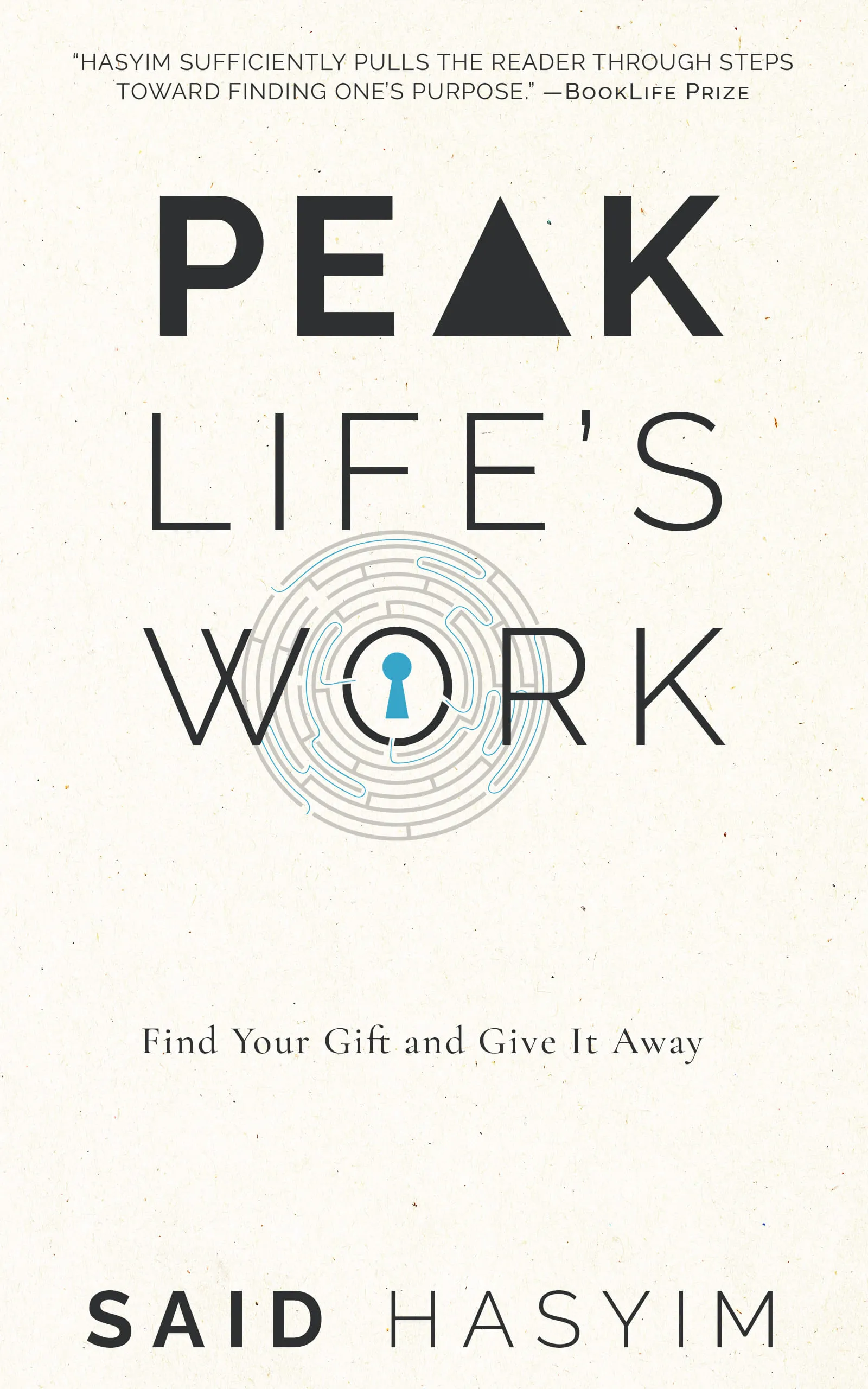Channeling Creativity into Your Life’s Work
In an age where the pressures of daily life often overshadow our creative impulses, finding ways to channel creativity into our life's work is more essential than ever. Tapping into our creative potential not only enhances our work but enriches our overall experience of life. In this blog post, we’ll explore the various avenues through which creativity can be infused into your work, the benefits of doing so, and practical strategies for channeling this vital energy into your career or personal projects.
Understanding Creativity
Before diving deep, it's vital to clarify what we mean by "creativity." While many may equate it solely with the arts—painting, writing, music, etc.—creativity is much broader. It's the ability to think outside the box, solve problems innovatively, and bring a fresh perspective to your tasks. Creativity can manifest in any field, including science, technology, business, and education.
The Importance of Creativity in Work
Enhanced Problem-Solving: Creative thinkers often excel at breaking down complex problems into manageable parts and devising novel solutions. This adaptability is invaluable in the workplace.
Increased Engagement: When you infuse creativity into your work, it becomes more engaging. This engagement can lead to increased motivation, productivity, and satisfaction.
Unique Contributions: Your unique creative perspective allows you to contribute distinct ideas or processes to your field, setting you apart and potentially leading to new opportunities.
Team Dynamics: In a team, creative energy can foster collaboration, inspire others, and lead to more effective communication. Creative teams are often more resilient, adaptable, and proactive.
Strategies for Channeling Creativity
Channeling creativity into your life’s work requires intentionality and practice. Here are some strategies you can implement:
1. Create a Creative Routine
Establishing a routine that accommodates creativity can set the stage for breakthroughs. Consider the following:
Dedicated Time: Allocate specific times in your schedule for creative endeavors. This could be as simple as an hour a week for brainstorming new ideas or exploring different approaches to your work.
Environment: Your surroundings can greatly affect your creativity. Designate a workspace that inspires you. This might include natural light, visual stimulation, or minimal distractions.
2. Embrace Curiosity
Curiosity is the bedrock of creativity. By nurturing it, you can open up new avenues for exploration in your work.
Ask Questions: Cultivate the habit of questioning everything—from established protocols to industry standards. This can help challenge the status quo and encourage innovative thinking.
Explore New Areas: Engaging with different disciplines or industries can provide fresh perspectives. Consider workshops, courses, or seminars outside of your primary field.
3. Collaborate with Others
Collaboration can be a powerful catalyst for creativity. Surrounding yourself with diverse thinkers can spur innovative ideas.
Diverse Teams: Engage with colleagues from different backgrounds, specialties, or life experiences. This diversity can bring fresh perspectives to the creative process.
Feedback Mechanisms: Foster an environment where constructive criticism and open feedback are welcomed. Sharing ideas and exposing them to different viewpoints can refine and elevate your concepts.
4. Make Time for Reflection
In our fast-paced world, we often forget the importance of reflection. Taking the time to pause and reflect on your experiences can enhance creative thinking.
Journaling: Maintain a creative journal where you jot down thoughts, ideas, or reflections about your work. This practice can help identify patterns and inspire new directions.
Mindfulness: Engage in mindfulness practices that allow you to disconnect from distractions. Meditation or quiet walks can help clear your mind, leading to insights and innovations.
5. Experiment and Take Risks
Creativity thrives in an environment of experimentation. Don't be afraid to push boundaries and take risks.
Prototyping: Whether you're developing a product or a marketing strategy, create prototypes or drafts. These iterations may lead to surprising and innovative results.
Accept Failure: Understand that not every idea will succeed, and that’s okay. Each failure is a learning opportunity. Embrace the process of trial and error as a part of the creative journey.
6. Celebrate Your Creativity
Recognition and celebration can invigorate your creative spirit and reinforce a positive relationship with your work.
Set Goals: Establish creative goals, no matter how small, and celebrate when you achieve them. This will not only motivate you but help reinforce a creative mindset.
Share Your Work: Don’t hesitate to share your creative output with others. Whether it be through presentations, social media, or casual discussions, sharing can breed encouragement and constructive feedback.
Conclusion
Channeling creativity into your life’s work is not merely an individual endeavor; it’s a transformative process that enriches not just your output, but also your overall well-being and job satisfaction. By following the strategies outlined above, you can create an inspiring, engaging, and innovative approach to your work.
In a world that often prioritizes efficiency over creativity, taking the time to cultivate your creative potential is an incredibly rewarding investment. The journey may not always be linear, but the rewards—both personally and professionally—are worth every effort. So, unleash your creative spirit and allow it to shape your life's work!
Start Your Transformative Journey
Peak Life's Work, a transformative book to unlocking your true potential and finding purpose. Learn science-backed strategies from top performers to enhance skills and creativity. Gain insights into success and failure while uncovering your personal talents. With practical steps for self-discovery and nurturing talent, this book equips you for a fulfilling journey toward your greatest work.
